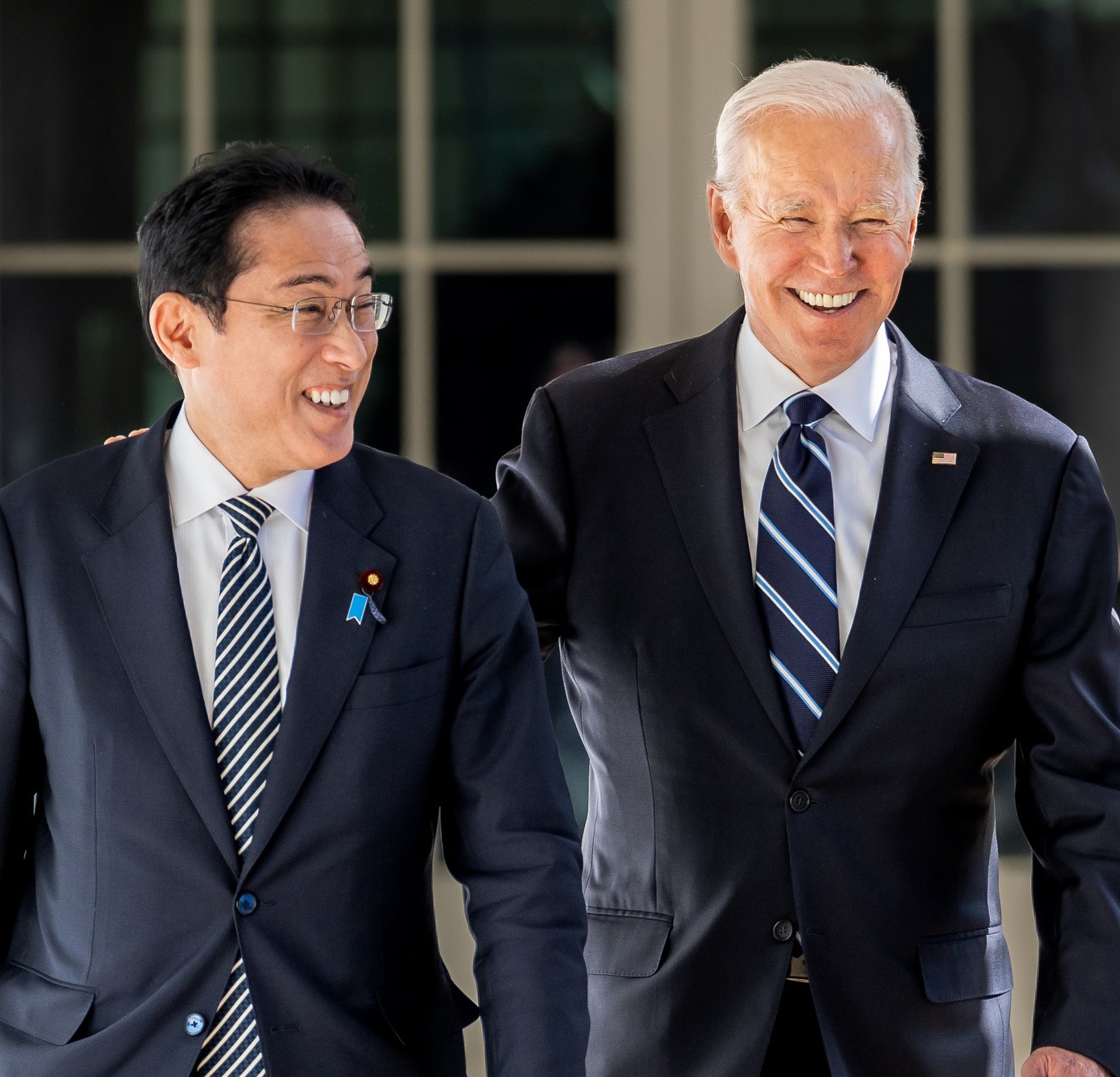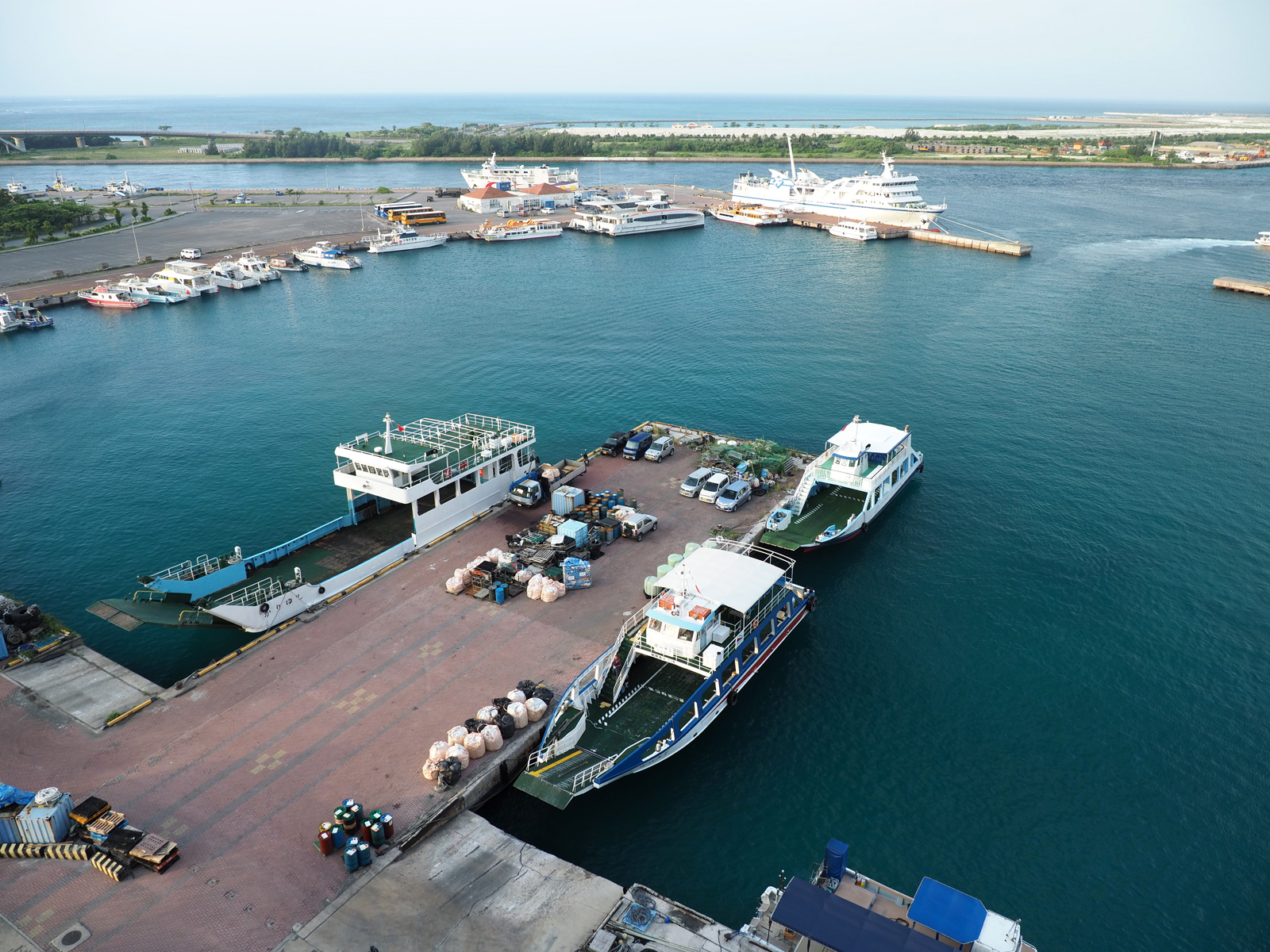Japan is preparing to upgrade vital infrastructure nationwide, earmarking ports and airports for utilization by its defense forces and coast guard during military emergencies. The initiative involves substantial upgrades and improvements to its 16 ports and airports nationwide, including Nagasaki.
Nagasaki Airport, located off the coast of Omura Bay in Nagasaki Prefecture, was subjected to a devastating nuclear bombing towards the end of World War II.
On August 9, 1945, the United States dropped an atomic bomb named “Fat Man” on Nagasaki, just three days after the bombing of Hiroshima. After the devastation caused by the atomic bombing of Nagasaki in 1945, the city underwent a long process of reconstruction.
Nagasaki Airport was constructed in the post-war years as part of rebuilding efforts and to facilitate transportation and connectivity for the region. The airport served as an essential infrastructure project aimed at restoring the region’s connectivity and aiding in its recovery.
These upgrades aim to transform these facilities into emergency hubs capable of effectively managing crises and providing aid in various scenarios, ranging from natural disasters to security emergencies.
The development, reported by Japanese media outlets citing sources, outlines a strategy to bolster Japan’s defense capabilities, particularly around its far-flung southwest islands.
Reports said that nearly half of the 16 commercial facilities earmarked for upgrades, including Naha and Nagasaki airports, are strategically located either in Okinawa Prefecture or the southwestern main island of Kyushu.
The proposed plan, expected to receive approval at an upcoming meeting of related ministers, sets the stage for the project’s commencement in the next fiscal year, slated to begin in April. An estimated allocation of 35 billion yen ($230 million) is anticipated for the initial phase, which will focus on enhancing infrastructure to accommodate military aircraft and vessels.
Key enhancements include the construction of longer runways and aprons at designated airports to facilitate the operations of fighter jets and transport aircraft. Similarly, ports will undergo modifications to accommodate larger vessels such as destroyers, crucial for maritime defense.
The initiative aligns with Japan’s National Security Strategy, endorsed in 2022, which emphasizes the need to fortify public infrastructure to enable swift responses from the Self-Defense Forces and the Japan Coast Guard in safeguarding nationals and addressing contingencies.
While the upgrades are poised to offer ancillary benefits to local communities, such as enhanced logistics, tourism, and disaster response capabilities, concerns persist regarding the potential vulnerability of these sites to armed attacks during emergencies.
In addition to their strategic importance, the designated facilities will host military exercises conducted by the Self-Defense Forces and the Coast Guard.
To formalize their utilization by defense and Coast Guard forces, local governments managing the designated sites will enter into agreements with the central government, outlining protocols for routine operations and emergency deployments.
The five selected airports are spread across four prefectures—Fukuoka, Nagasaki, Miyazaki, and Okinawa—while the 11 ports are strategically located in Hokkaido, Kagawa, Kochi, and Fukuoka prefectures. This underscores Japan’s efforts to fortify defense capabilities across diverse regions.

Japan Narrows Down Key Locations For Defense Upgrades
With tensions simmering in the region, Japan’s proactive measures to bolster its defense infrastructure signal a concerted effort to maintain security and stability amidst evolving geopolitical dynamics.
The decision to finalize these 16 locations comes after extensive deliberations and local approvals. The government had initially identified around 30 facilities for potential upgrades as part of its national security strategy outlined in 2022.
This list was subsequently narrowed down based on various criteria, with local consent being a crucial factor in the selection process. Of particular significance are Naha Airport and Ishigaki Port, both situated close to the Taiwan Strait, a region fraught with geopolitical tensions.
Recognizing the strategic importance of these locations, authorities have prioritized their inclusion in the designated sites for enhancements.
However, several other airports and ports in Okinawa prefecture were under consideration but ultimately excluded due to local opposition against the concentration of defense bases in the region.

The development comes amidst growing concerns over regional stability, particularly regarding China’s assertive stance in maritime territories and escalating tensions surrounding Taiwan.
In recent times, Japan has been intensifying its defense capabilities on its remote islands in the southwest, particularly amidst heightened tensions concerning the Senkaku Islands. These uninhabited islets, under Tokyo’s control in the East China Sea, have been claimed by China and are referred to as Diaoyu by Beijing.
Additionally, Japan is significantly concerned about the potential for a contingency involving Taiwan, which China regards as its sovereign territory. Given Japan’s close security partnership with the United States, it is apprehensive due to Taiwan’s proximity to its southwestern territories.
Amidst these apprehensions, Tokyo is enhancing its military cooperation with allied nations, particularly the United States. Japanese Prime Minister Fumio Kishida is scheduled to meet with US President Joe Biden in Washington on April 10, where he is anticipated to unveil significant announcements concerning defense capabilities.
F-16s “Sitting Ducks” For Russian MiG-31 Fighters? Putin Warns Of Consequences Over Fighting Falcons
This meeting holds particular significance as Prime Minister Kishida will visit the United States as a state guest, marking the first visit of a Japanese leader since Shinzo Abe in 2015.
The discussions between Kishida and Biden are expected to focus on strengthening the longstanding security alliance between Japan and the United States, especially in the face of regional challenges and shared concerns regarding stability in East Asia.
- Contact the author at ashishmichel(at)gmail.com
- Follow EurAsian Times on Google News




